Key Takeaways
- Although most students own laptops and mobile devices, use of student computing centers at the University of Washington continues to be high.
- Embracing wireless and mobile learning requires imagining all of campus as a learning environment.
- For the most complete service, consider pursuing a hybrid approach — offering computing centers and support for wireless and mobile learning across campus.
Everyone recognizes the typical campus computing center, with its rows of workstations and muffled sounds of students working on papers and projects at all hours — or perhaps checking Facebook between classes. Although this style of student learning environment is a relatively recent innovation, computing centers have become standard fixtures on campus over the past few decades. And while technology and related policies have evolved, this model of student computing — providing dedicated space and equipment for student use — has remained fairly constant.
Today, however, technology is evolving toward portability and mobility. What role does the campus computing center have in an era of laptops, Internet-capable mobile devices, and widespread wireless accessibility?
Informed by a study of student needs conducted by IT research staff, the University of Washington (UW) is developing a next-generation version of the general-access campus computing center (Figure 1 shows an example of an existing computing center). The new UW model imagines the entire campus as a learning environment. Through enhancements to technology infrastructure, IT support, and campus spaces, this approach enables students to embrace wireless and mobile learning and to work comfortably, productively, and flexibly from diverse locations across campus and beyond. In essence, UW is developing a hybrid model that reenvisions the future role of general-access computing centers, setting the stage for a new, broader vision of student learning environments.
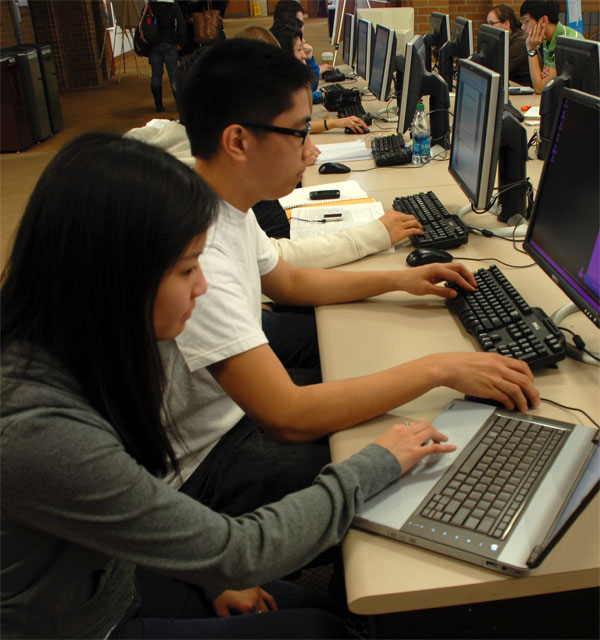
Figure 1. Odegaard Undergraduate Library Learning Commons
Portability and Mobility
That student use of IT is fast shifting to the portable and the mobile is indisputable. The 2009 Study of Undergraduate Students and Information Technology conducted by the EDUCAUSE Center for Analysis and Research (ECAR) found that the vast majority of students own a laptop and that about half own an Internet-capable handheld device, such as an iPhone, Blackberry, or iPod.1 The 2010 Horizon Report put mobile devices on its near-term adoption horizon, meaning that the report's authors expect to see significant adoption of this technology in higher education over the next year.2
To better understand how access to wireless networks and ownership of laptops have impacted students' computing habits on campus, UW conducted a survey and focus groups that looked in depth at computer center usage, use of other campus spaces, and laptop ownership and use on campus.3 Our investigation was informed by the useful distinction between "wireless learning" (use of laptops) and "mobile learning" (use of Internet-capable handheld devices) that Petra Wentzel and her coauthors provide in the ECAR case study "Using Mobile Technology to Enhance Students' Educational Experiences."4 In that context, the study described here focused on wireless learning; we are currently embarking on a similar investigation of mobile learning, building on data collected from UW students during the 2009 ECAR study. The results reveal some key obstacles, both in terms of technological infrastructure and space needs, which are keeping students from fully embracing the potential of wireless learning.
Current Obstacles to Wireless Learning
According to ECAR's annual student surveys, laptop ownership among undergraduate students has increased substantially over the past four years. In our survey we saw the same pattern among UW students: only 40 percent of the 3,250 undergraduate and graduate students who responded to our survey reported owning a desktop computer, while 93 percent reported owning a laptop and/or netbook.5 However, when we asked laptop and netbook owners how frequently they brought this equipment with them to campus, we got some surprising results: only a little over a one third frequently brought their laptops or netbooks to campus. Asked why they did not carry their laptop or netbook to campus, students reported that the weight was the primary obstacle, followed by concern about damage or theft and insufficient access to electrical outlets for charging. The latter concern also emerged when students were asked to prioritize the improvements they would like to see in public spaces on campus (computing centers, libraries, coffee shops, eateries, and open areas). Students said their top priority was for increased access to electrical outlets for charging laptops, netbooks, and mobile devices.
At first glance, Internet-capable handheld devices appear to overcome many of the obstacles students cited. These devices weigh very little, and students carry them all the time, regardless of any security concerns they may have. In addition, these smaller devices have longer battery life than their larger cousins. However, mobile learning has its own unique set of challenges. First, according to the ECAR 2009 study, in which UW students participated, only approximately one third of students own an Internet-capable handheld device and use it to access the Internet. More tellingly, the majority of students seldom or never use their handheld device when an Internet-capable computer is available, generally because the small screen/keyboard size of most handheld devices makes them difficult to use for extended work sessions. In addition, while students see potential for this technology in the future, many of the academic applications of mobile devices currently remain possibilities rather than practical realities.
Use of General-Access Campus Computers
During the same time that ownership of laptops has become ubiquitous and ownership of Internet-capable handheld devices has become common, use of general-access campus computers has remained high. While UW has seen some declines in overall student log-ins to computing centers and distributed workstations in branch libraries, these reductions can be attributed primarily to elimination of evening access in one computing center (a move that reflected the finding that most student demand could be met elsewhere during those hours) and to decreases in machines available (several branch libraries were closed due to budget reductions). Once shifts in hours and machine numbers are accounted for, fluctuations in computer use have been minor; similar numbers of students have continued to use available equipment at fairly consistent rates over the past five academic years.6 Other universities have reported similar trends. In an EDUCAUSE webcast, for example, Beth Shaefer from the University of Wisconsin-Milwaukee reported that traditional computing centers continue to be in high demand at that institution.7
Interestingly, when the University of Virginia recently announced that it was reducing student computing centers by about 375 seats over the next three years, the rationale for such reductions was not declining use of the centers (in fact, no general usage stats were given); rather, UVA determined that computing centers were "redundant" with student-owned hardware and software.8 UW survey data, however, found that students are drawn to campus computing centers for two main reasons: the technology available and the dedicated space for student work.9 Moreover, UW students use computing centers because they are in convenient locations, have good lighting, provide quiet spaces to work independently, offer comfortable furniture, have room for students to spread out books and materials, and dedicate specific areas for collaborative work (see Figure 2). Given that existing computing centers serve student needs for both technology and work space, strategies for supporting wireless and mobile learning need to consider this package of associated needs rather than merely the shift in ownership of hardware.
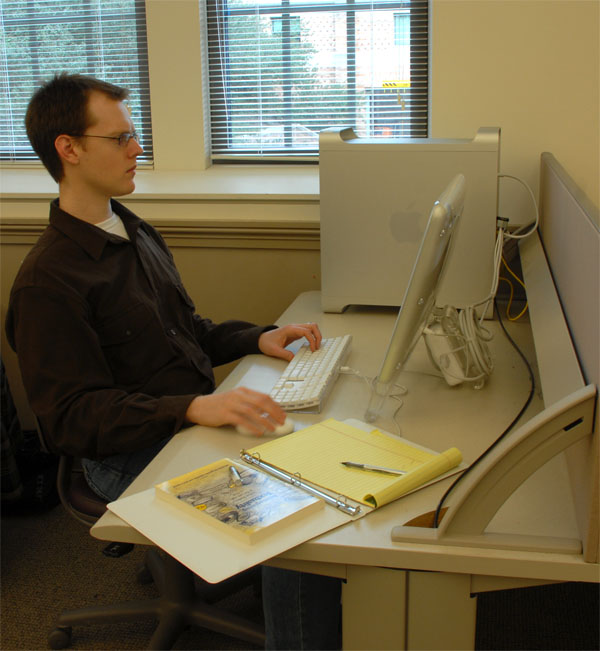
Figure 2. Mary Gates Hall Computing Resource Center (closed in June 2010)
As they have evolved, campus computing centers have become vital student learning environments. This realm has in fact been a focus of considerable recent attention across higher education. Many universities have updated student spaces to provide computing and work areas that are flexible and adaptable, and numerous articles have been written on the subject.10 When surveyed, students at UW prioritized improvements to public spaces across campus that followed these trends, calling for more quiet work areas, comfortable furniture, good lighting, and, of course, electrical outlets. In short, campus computing centers serve as a useful starting point in creating a campus learning environment.
Developing a Hybrid Campus Learning Environment
As we look to the future and continue to develop a learning environment in which students will engage in wireless and mobile learning, we need to incorporate many of the latest ideas for designing student learning environments and apply them more broadly to a variety of campus spaces. It would be facile, perhaps, to overlook continued demand for computing centers and to adopt a wait-and-see approach, deciding that little or no change to the status quo is necessary. It might be equally easy to consider current obstacles to wireless and mobile learning as impediments that will diminish or disappear as new devices find that happy medium between too-heavy laptops and the too-small screen/keyboards of handheld devices. Indeed, with the wider adoption of netbooks, iPads, and the next generation of such technologies, such a shift might already be in process. But waiting for technology to compel a change is never the best strategy. Accordingly, what should universities do now to support the current state of wireless and mobile learning and to prepare for their eventual wider adoption?
Several steps can help a university meet this evolution halfway. At the UW, we are pursuing a hybrid model — we continue to maintain and support one large, general-access computing center and several university-provided workstations in libraries across campus (several departments are also continuing to offer dedicated computing centers for their students), but we are also introducing new services and enhancing spaces to better support wireless and mobile learning. This approach relies on collaboration between UW Information Technology (the central IT unit), UW Libraries, and several other campus units and departments. In spring 2010, we closed one of the two general-access computing centers on campus. Instead of relocating this center to a new location, we are making infrastructure enhancements to several public areas: adding electrical outlets, increasing wireless capacity, and updating work areas. Over time, we plan to transition the remaining computing center, focusing more on high-end hardware and software and less on standard equipment, and providing more flexible areas for students to use their laptops. Currently, the computing center features a few advanced technology studios (see Figure 3) devoted to digital audio editing, practicing presentations, and collaborating with large groups. We plan to expand these types of spaces in the future. In addition, more areas for laptops will be incorporated into the space, with university-provided equipment supporting video editing and other computing-intensive activities. UW Libraries are also adding secure storage and charging stations for student laptops.
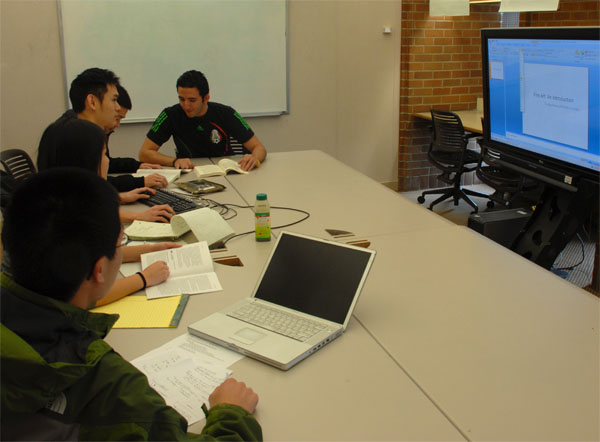
Figure 3. A Collaboration Studio in the Odegaard Undergraduate Library Learning Commons
As we make these learning space upgrades, we have begun to engage the campus in a discussion of student IT and study space needs and have highlighted effective space projects developed around campus. For instance, the School of Medicine recently turned a hallway into a student study nook (Figure 4), and the Master of Communication in Digital Media (MCDM) program remodeled a student lounge to create a media space for their students (Figures 5 and 6).
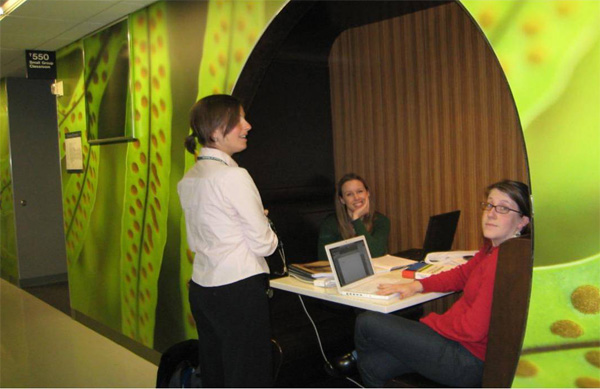
Figure 4. Hallway Study space in the School of Medicine
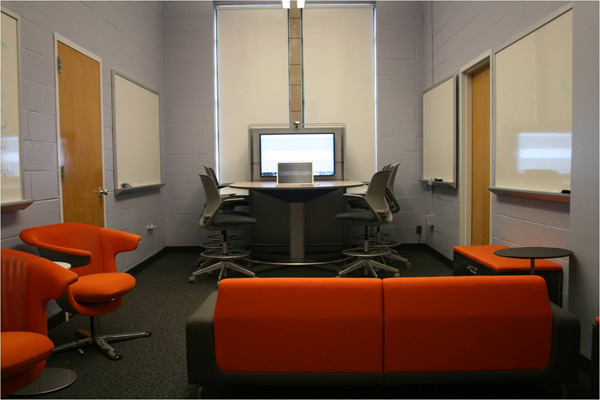
Figure 5. The Media Space in MCDM

Figure 6. Students Working in the Media Space
In terms of computing services, beyond providing hardware, we want to make more software available to students on their own devices. A campus agreement with Microsoft will let students easily obtain Office products, and cloud computing options for UW students include both Microsoft's Live@edu and Google Apps Education Edition.11 We are also piloting a new service, called "Online Software Access," that allows students remote access to high-end software from the computer and location of their choosing. A limited pilot during the 2009–2010 academic year included Adobe and Microsoft software. An expanded version of the service is in development that also includes software for math and statistics. New technical support via online chat will mean that students do not need to be in a computing center or wait for an e-mail reply to get assistance. In addition, we are initiating a new research project to determine the types of UW resources students would like to be able to access on their mobile devices.
This model of a hybrid campus learning environment actively addresses students' computing and studying needs, across campus and beyond. It represents important initial steps toward supporting wireless and mobile learning. Meeting campus and student needs now and presumably into the near future, the model provides an option that could be useful at other colleges and universities during this time of technological transition and evolution.
Acknowledgments
I would like to thank Karalee Woody (UW Information Technology) for her insights on this topic. I would also like to acknowledge the Odegaard Undergraduate Library Building Vision Steering Group, co-chaired by Jill McKinstry (UW Libraries) and Robert Stacey (College of Arts and Sciences), for formulating the long-term vision for Odegaard Undergraduate Library Learning Commons. Additionally, I wish to acknowledge the hard work of my colleagues on the learning spaces research project team in UW Information Technology: Jason Civjan, Henry Lyle, Janice Fournier, Tyler Fox, Greg Koester, Lauren Manes, and Jacob Morris. Special thanks to the School of Medicine and the Master of Communication in Digital Media program for sharing photos of their spaces.
- Shannon D. Smith, Gail Salaway, Judith Borreson Caruso, The ECAR Study of Undergraduate Students and Information Technology, 2009 — Key Findings (Boulder, CO: EDUCAUSE Center for Analysis and Research, 2009). (The full study is available from http://www.educause.edu/ecar.)
- Laurence F. Johnson, Alan Levine, Rachel Smith, and Sonja Stone, 2010 Horizon Report (Austin, TX: New Media Consortium, 2010).
- A complete report of study findings is available online: Janice Fournier, Cara Lane, and Henry Lyle III, "Designing Campus Learning Spaces: A Report on Students' Current and Future Needs," University of Washington, Seattle, 2010.
- Petra Wentzel, Ron van Lammeren, Mathilde Molendijk, Sytze de Bruin, and Alfred Wagtendonk, "Using Mobile Technology to Enhance Students' Educational Experiences," Case Study 2, EDUCAUSE Center for Analysis and Research, 2005.
- Fournier et al., p. 9. Netbook users made up only a small portion of these users: 84 percent of student respondents owned a laptop, 2 percent owned a netbook, and 7 percent owned both. The remaining 7 percent owned neither device.
- Cara Lane, Use of General-Access Computing Centers and Workstations (Autumn 2005 – Spring 2010), University of Washington, Seattle, 2010.
- Beth Shaefer, "What Happened to the Computer Lab?" EDUCAUSE Live! Web Seminar, February 3, 2010.
- Foundation Document: "Transitioning Student Computing at UVa: Labs & Software," Information Technology and Communication, University of Virginia, Charlottesville, June 16, 2010.
- See the following article for more details on our philosophy and approach to learning spaces and some of the advanced technology studios we offer: Karalee Woody, "Designs for Learning with New Technologies," Peer Review, vol. 8, no. 4 (Fall 2006).
- See EDUCAUSE's e-book on the subject for a general overview: Learning Spaces, Diana G. Oblinger, ed. (Boulder, CO: EDUCAUSE, 2006).
- Terry Gray, "A Tale of Two Clouds," EDUCAUSE Quarterly, vol. 33, no. 2 (April–June 2010).
© 2010 Cara Lane. The text of this article is licensed under the Creative Commons Attribution-Noncommercial-Share Alike 3.0 license.
